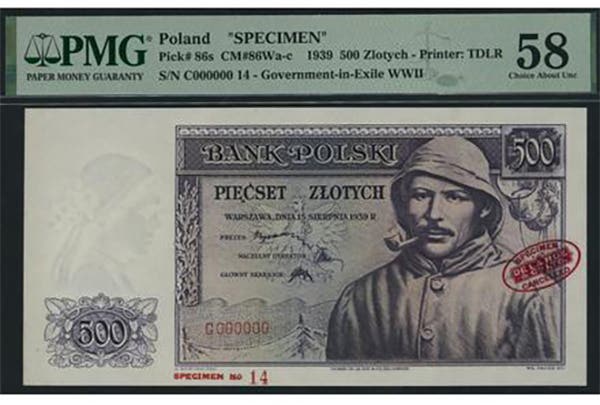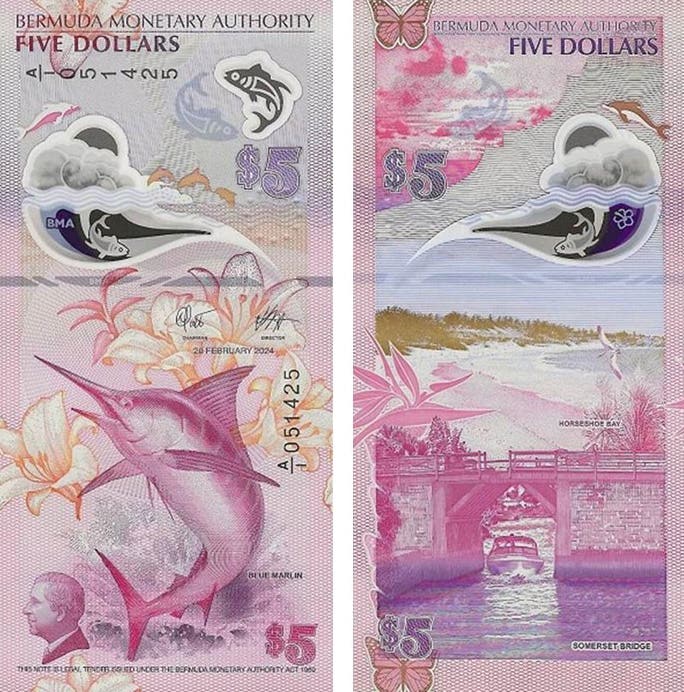Notes reflect small-town Ohio history
By Mark Hotz I hope everyone is enjoying a pleasant beginning to 2019. For this month’s column, we’re going to visit Ohio, one of the so-called “rustbelt” states where many…
By Mark Hotz
I hope everyone is enjoying a pleasant beginning to 2019. For this month’s column, we’re going to visit Ohio, one of the so-called “rustbelt” states where many small towns have fallen on hard times.
Amesville, Ohio, is a village in Athens County in south central Ohio, about 10 miles northeast of Athens, the home of Ohio University. It is a very small place, with a current population of only about 155.
I visited Amesville many years ago, when I was returning by car from Cincinnati to Baltimore via the southern route across Ohio, State Highway 32, which meanders across southern Ohio from Cincinnati to Parkersburg, West Va. It becomes US Route 50 just south of Athens.
Amesville was named for Sylvanus Ames, who settled in the area around 1800. He became second sheriff of Athens County, a trustee of Ohio University, and several times representative to the Ohio General Assemblies.
In 1802, the first school was built in Ames Township, and later the Amesville Academy was established. The first post office was established in 1821.
Unfortunately, the town’s location on the bank of Federal Creek made it prone to flooding. The first major flood occurred in 1873, and there have been many since, including back-to-back floods in 1997 and 1998. Each of these destroyed buildings and drove away residents.
Amesville is best known as a stop on the Underground Railroad by which many slaves escaped to freedom in the years before the Civil War.
Amesville is also well known for the Coonskin Library established in 1804. Settlers had talked about their desire for books, but since most local business was done by barter, there was no cash to buy them. However, the surrounding forests had pelts that could be sold in the East to buy books.
In the spring of 1804, Samuel Brown was given pelts and went east to bring back books. Fifty-one books – mostly on religion, travel, biography, and history – were purchased for $73.50, a huge sum at the time. The Coonskin Library began in this way. The original books are now in the Ohio Historical Society.
The First National Bank of Amesville opened in 1904 under charter #7235. It was a very small operation, issuing a mere $396,000 in currency during the 40 years it put out notes.
The bank survived the end of the National Currency era but later was merged into other banks. I have included photos of both large and small size notes issued by the bank.
I have a photo postcard view of the First National Bank building on its central corner just after completion of construction. Note the dirt streets and lack of surrounding structures.
The old First National building still stands in Amesville, now a branch of The Community Bank, with even fewer surrounding structures. Fortunately, this bank building survived the floods that destroyed much of the rest of the town.
We will now cross the central western part of Ohio to visit scenic St. Paris. The town is located in Champaign County, with a current population of around 2,100. It is located 55 miles west of Columbus, and 10 miles west of Urbana, on US Route 36.
St. Paris was originally named Paris for Paris, France, by David Huffman, an early settler who laid out the town in 1831. When he learned that a town named New Paris already existed in Ohio, he changed the name to St. Paris so as to avoid any confusion with the mail.
In 1846 or 1847, the Columbus & Piqua Railroad was built through St. Paris, which gave it great advantages over neighboring villages, and it began steadily to increase. In 1865, Abraham Lincoln’s funeral train passed through St. Paris with virtually all of the citizenry coming out to pay respects.
The First National Bank of St. Paris, charter #2488, was organized July 15, 1880, with the following board of officers: Lambert Pond, President; E. V. Rhoads, Cashier; Henry Sayler, Vice President; John Poorman, G. W. Kite, William Michael, H. Sayler, and L. Pond, Directors.
The charter bears the date of Aug. 2, 1880. They commenced doing business in their handsome new building on Springfield Street on Nov. 8, 1880.
This was the first of St. Paris’ two national banks. Over its 55 years of operations, the total output was $644,000 in national currency, ranging from the Series of 1875 through Series of 1929 small size notes. A good number of both large and small notes are known.
In March of 1906, St. Paris’ Central National Bank received charter #8127 and opened for business in town.
Unlike the First National Bank, which survived the end of the National Currency era, the Central National Bank closed at the end of June 1935.
It issued all types of Series of 1902 large notes as well as Type 1 and Type 2 small notes. I have included photos of large notes from both the First and Central National Banks.
St. Paris is a very quaint town with a lively small downtown area replete with period structures. There is a vintage train museum and many parks and scenic homes. The Johnny Appleseed Festival is held annually in nearby Urbana.
I had a vintage photo postcard showing the Central National Bank circa 1910 and have included that along with a photo of the Central National Bank building, still standing, as it appears today, hardly changed in 100+ years.
I was not able to find a vintage photo of the First National Bank, but I have included a photo of that building as it appears today, serving as the main office of the First Central National Bank, a still operating merger of the two banks in town.
Readers may address questions or comments about this article or national bank notes in general to Mark Hotz directly by email at markbhotz@aol.com.
This article was originally printed in Bank Note Reporter. >> Subscribe today.
If you like what you've read here, we invite you to visit our online bookstore to learn more about Standard Catalog of United States Paper Money.
NumismaticNews.net is a participant in the Amazon Services LLC Associates Program, an affiliate advertising program designed to provide a means for sites to earn advertising fees by advertising and linking to Amazon.com and affiliated websites.








